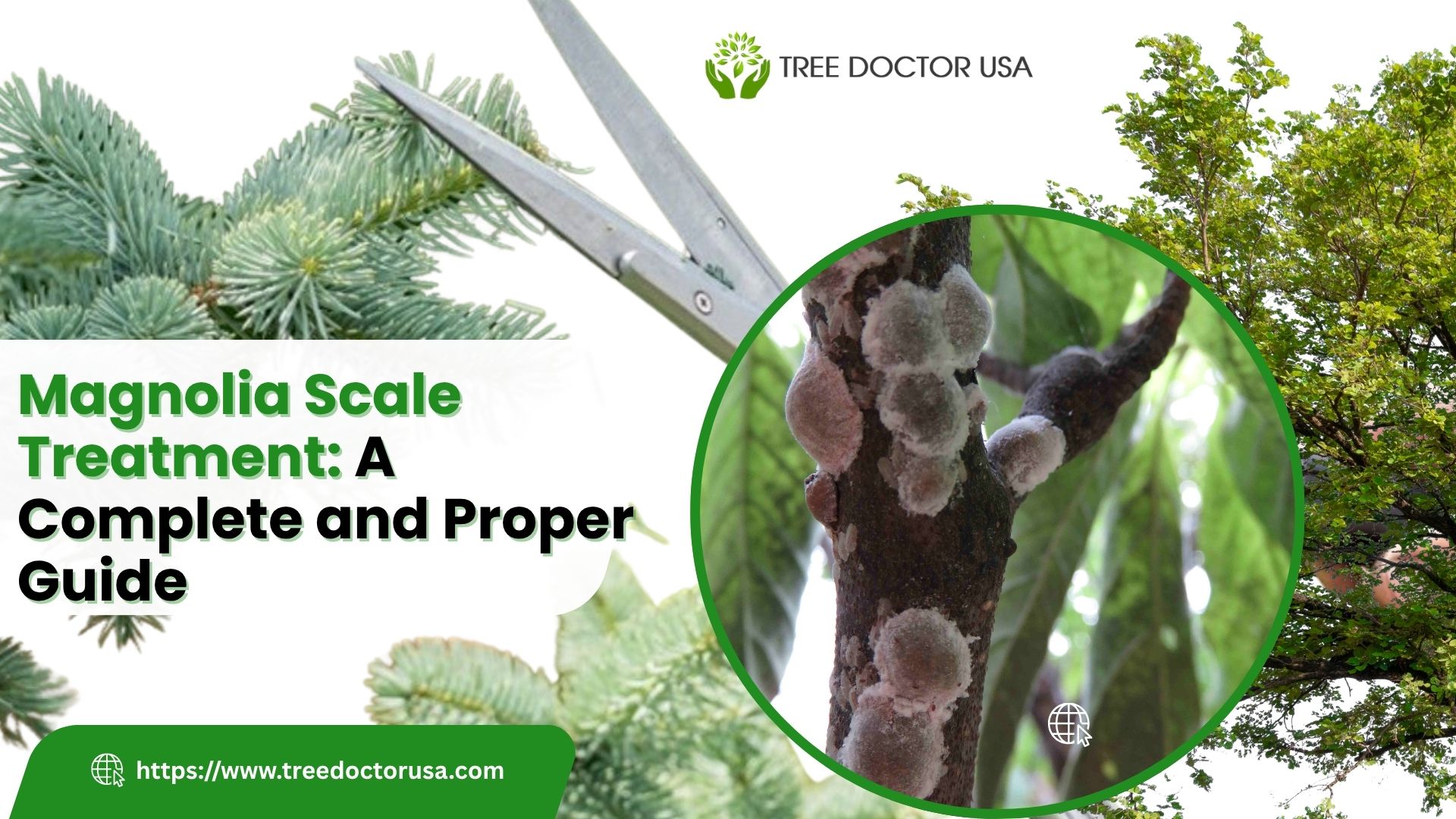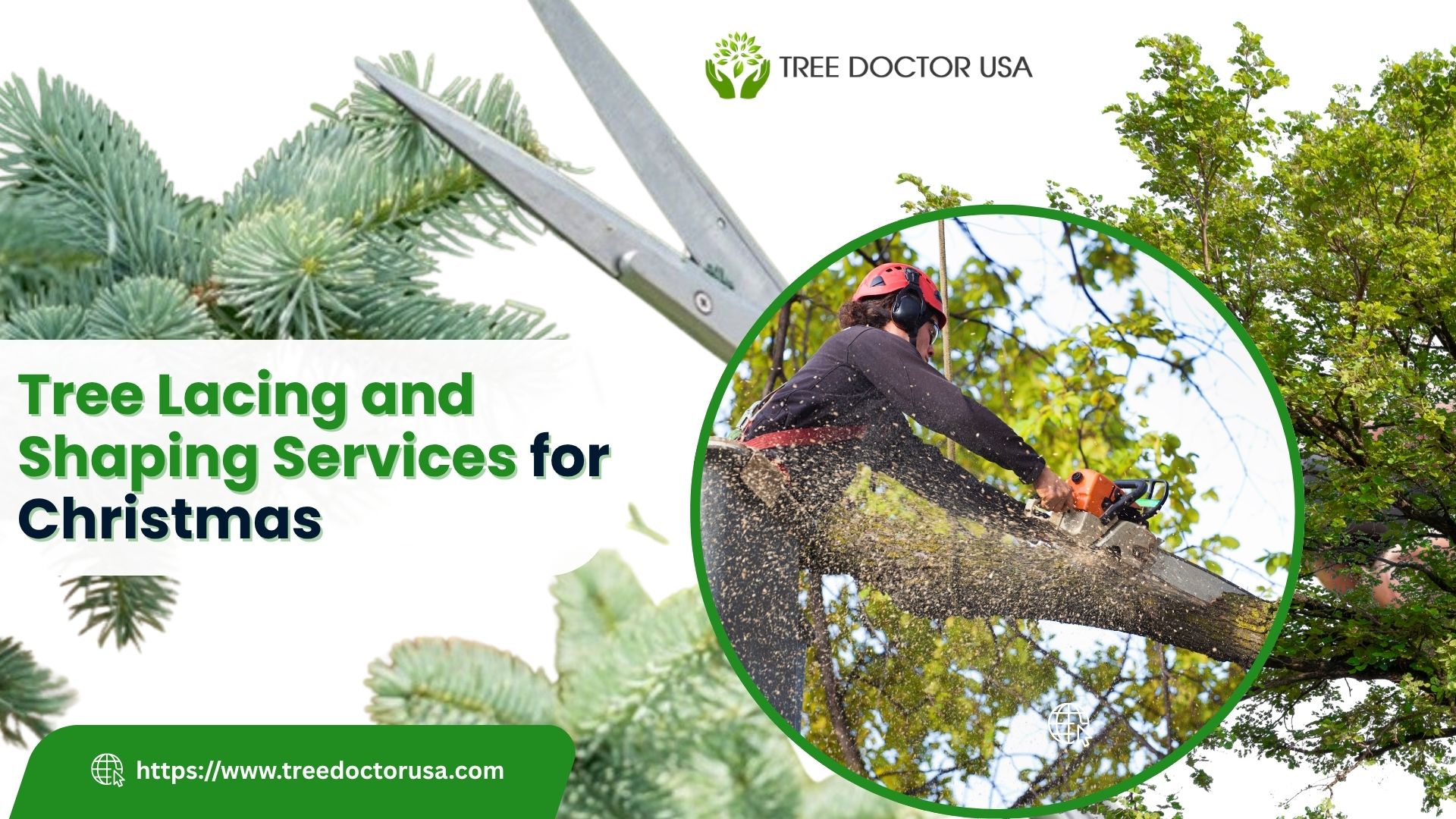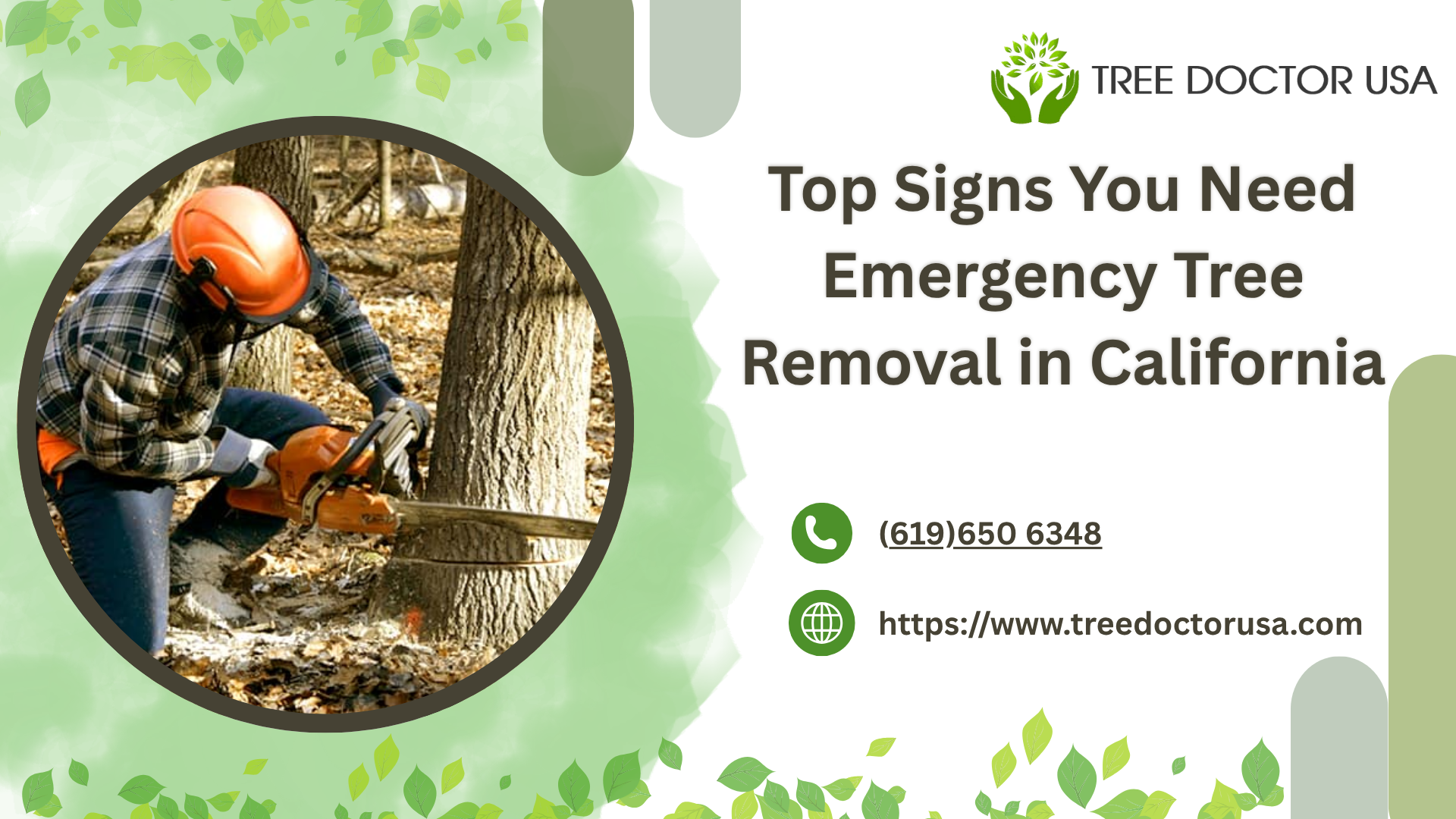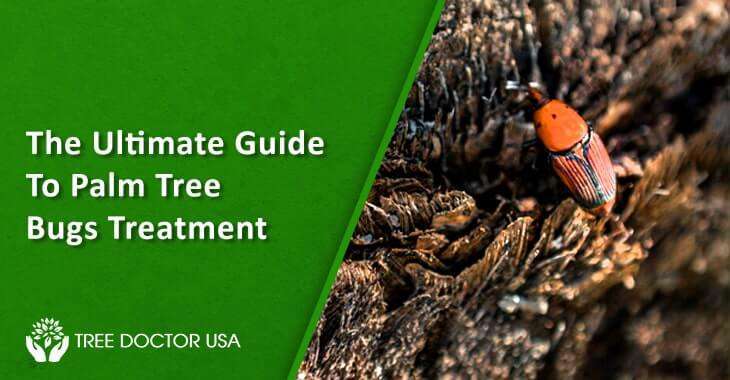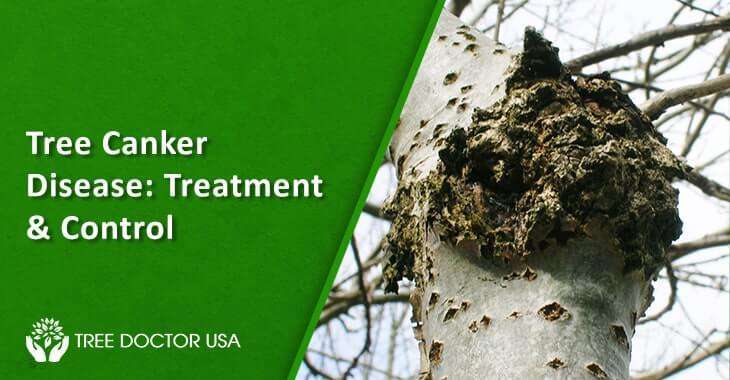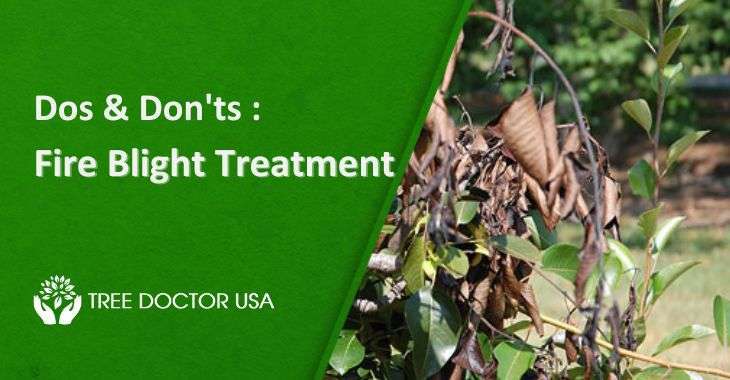How to Find 24/7 Emergency Tree Services in My Area
If you live in California and find yourself dealing with a tree that’s suddenly become a hazard—whether it’s cracked during a storm, leaning dangerously, or growing too close to power lines—you’ll want trusted tree removal services, especially an emergency tree service that’s ready when you need it. Having access to a true 24/7 tree removal service means peace of mind and faster resolution. In this blog we’ll walk you through how to locate the right help, what to look for, and how the process works in California.
Why You May Need a 24/7 Tree Removal Service
Trees add beauty, provide shade, and increase property value. But when something goes wrong—storm damage, structural failure, root heave, or disease—they can become urgent liabilities. That’s where tree removal services that offer emergency response matter. A proper emergency tree service will safely remove the hazard before it causes property damage or personal injury. A service that truly operates twenty-four hours a day is a genuine 24/7 tree removal service.
In California, thanks to high winds, wildfire risk, dense urban neighborhoods, and properties with tight access, the need for immediate tree removal can be especially acute. For instance, trees brushing power lines or blocking emergency access after a storm are time-critical.
What to Look For When Choosing Tree Removal Services
Credentials & Safety
1. Ensure the company is licensed, insured, and uses certified arborists. In California, tree work near power lines is heavily regulated. The California State Licensing Board lists “Tree & Palm Contractor (C-49)” as the classification for firms that plant, maintain, and remove trees and palms.
2. Ask about their equipment, crew training, and how they handle hazardous conditions.
24/7 Availability
1. Confirm they explicitly offer round-the-clock service: nights, weekends, and holidays.
2. Ask, “If I call at 2 a.m., how soon can you respond?”
3. Make sure they understand the concept of an emergency tree service, not just standard business hours.
Local Knowledge & Permitting
1. In California, many cities and counties require permits for tree removal services—especially for street trees, heritage trees, or trees in the public right-of-way. For example, the Bureau of Street Services in the City of Los Angeles requires a tree removal permit for street trees.
2. Even on private property, if a tree meets certain size or species criteria, a permit may be required.
3. A provider who knows local ordinance rules—whether in Los Angeles, Orange County, or San Diego—is a strong advantage.
Response Time & Cleanup
1. Ask how quickly they can mobilize. In emergencies, every minute counts.
2. Confirm what the removal includes: stump grinding, debris haul-away, site cleanup, and any restoration of the area.
3. Also inquire about cost, scope, and written estimates—even in an urgent situation.
How to Find a 24/7 Tree Removal Service in California
Here’s a step-by-step process you can follow:
1. Search locally using urgency terms. Use phrases like “emergency tree removal California,” “24/7 tree removal service Los Angeles,” or “emergency tree service San Diego.”
2. Check credentials. Ask for license number, proof of insurance, and arborist certification, and ask about prior emergency jobs.
3. Understand the process. Ask what happens when you call: how soon do they arrive, how do they assess the tree, what equipment do they bring, and how will they stabilize the site?
4. Clarify permit issues. If the tree is on a public right-of-way or is a protected species/tree by ordinance, ask whether the company handles obtaining the permit or if you must.
5. Get a written estimate. Even during an emergency, ask for a brief written scope of work: what will be done, cost range, timeline, what happens with debris, and what happens with the stump.
6. Secure the site and follow up. Once removal has taken place, make sure the area is safe, debris is removed, and you consider having other trees on your property reviewed for potential risk.
Key Local Considerations in California
Permits & Tree Ordinances
Many Californian cities have strict rules around tree removal. For example:
1. The City of San Jose states, “A tree removal permit is required if the tree is ordinance-size, a heritage tree, or a street tree.”
2. In Los Angeles, permit fees and specific application forms apply for tree removals in public parkways and streets.
These rules mean your emergency provider should either know the permit situation or tell you what you must do to remain compliant.
California’s Safety Regulations for Tree Work
Under California’s safety regulations, tree work is taken very seriously—especially near hazardous conditions or power lines. Key points include:
1. Only qualified personnel are legally allowed to carry out tree work near energized power lines.
2. Tree work may not proceed under hazardous weather (such as high winds, lightning, heavy rain) unless it’s part of a declared emergency restoration effort.
3. The California Division of Occupational Safety and Health (Cal/OSHA) classifies tree work as a high-risk activity due to potential injuries or fatalities from falling trees, limbs, or improper equipment use.
Wildfire & Storm Risk
Because of California’s climate and terrain, tree maintenance is very important. Here’s what to keep in mind:
1. Fire-prone climate: Dry conditions and high temperatures increase wildfire risk and dead/overgrown trees can fuel fires.
2. Strong windstorms: Heavy winds—especially in coastal or mountain zones—can cause large or leaning trees to fall, damaging homes, vehicles, or power lines.
3. Hazard tree removal requirements: Some counties require property owners to remove dangerous or fire-damaged trees.
4. Preventive action urged: Local agencies encourage homeowners to regularly inspect and trim trees to reduce risk.
What You Should Do Immediately When a Tree Emergency Happens
When you see a tree hazard, follow this checklist:
1. Secure the area. Keep children, pets, and people away from the tree or hanging limb.
2. Call a 24/7 tree removal service. Use your list or search immediately.
3. Take photos. Document the condition, any damage, leaning, or proximity to structures—this helps insurance or permit processes.
4. Ask about permits immediately. If it’s a street tree or a tree in a public right-of-way, confirm whether a permit is needed.
5. Get a written scope/estimate. Even in emergencies, ask for what will be done, approximate costs, the timeline, and what is included (such as debris removal and stump grinding).
6. Ensure safety and cleanup. After removal, make sure the site is left clean and safe and the stump is handled or scheduled.
7. Review remaining trees. After the immediate hazard is addressed, inspect or have inspected other trees for disease, lean, or damage to reduce the chance of another emergency.
Why This Matters in These Specific Californian Cities
San Diego
In San Diego, coastal winds, palm trees, and hillside terrain create common tree hazards. A local provider who understands terrain and weather means faster, safer resolution.
Orange County
In Orange County, heritage and protected tree species are common, and local permitting is strict. A good emergency tree service will help you navigate local rules and handle removal swiftly.
Los Angeles
In Los Angeles, tight urban spaces, street trees and public right-of-way trees make tree removals more complex. Emergency tree services here must navigate city regulations, safety in dense environments, and rapid response.
Conclusion
When a storm strikes, every moment matters. Acting quickly with professional tree removal services keeps your family safe, minimizes property damage, and helps restore normalcy faster. Whether you’re facing a fallen tree, a dangerous hanging limb, or a blocked driveway, trust certified experts in emergency tree removal to manage the situation safely and efficiently.
From urgent response to full 24/7 tree removal service, licensed crews across California are ready day or night to protect your home and community.
Call us today to schedule fast, reliable, and affordable emergency tree removal services near you—because when trees turn hazardous, expert help should always be just a call away.
FAQs
Most certified crews arrive within a few hours, depending on location and storm severity. If you search “emergency tree removal services near me,” choose one that offers 24/7 response times.
Often yes—especially for heritage or street trees. Check with your local city office or licensed emergency arborist services provider to confirm before removal.
cleanup, and optional stump grinding. Top-rated emergency arborist services may also inspect nearby trees for safety.
Costs vary by tree size, location, and urgency. Search “cost estimate for emergency tree cutting after a storm” or ask for a free quote from your local provider.
Most urgent tree removal services prioritize hurricane or storm damage calls and respond within hours, depending on road access and safety conditions.
Stay clear, document the damage, and call an urgent tree removal service for fallen trees on property right away. They’ll handle removal safely and help you coordinate with insurance if needed.
Schedule routine inspections, prune dead branches, and hire a top-rated emergency arborist service to assess risky or leaning trees before storm season.



